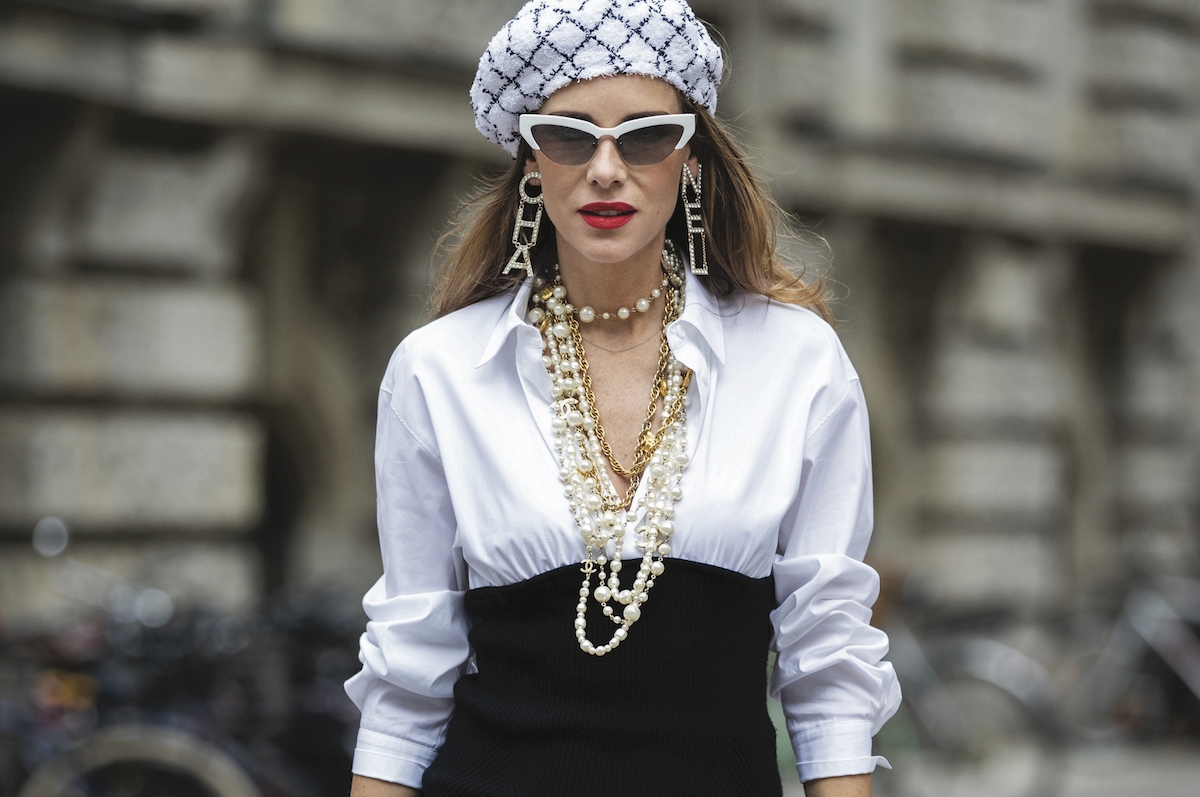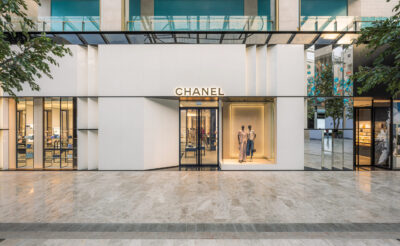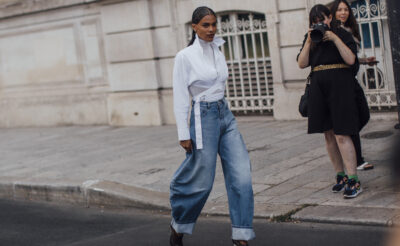Amid a constantly changing cycle of creative directors, what really draws consumers to luxury fashion brands – and keeps them there?
Virginie Viard: if you’re not well-versed in the inner goings-on of the fashion, you may not be familiar with the name. It hardly carries the same oomph as, let’s say, Karl Lagerfeld. The late designer’s face has become emblematic of luxury French fashion thanks to a three-decade tenure at Chanel – and 40 years at Fendi. In May of 2019, three months after the legendary German designer passed away, Virginie presented her first collection as Chanel’s new artistic director, succeeding Karl and taking over the reigns of the Maison.
And yet, the majority of Chanel’s global customers, who lust after the brand’s quilted handbags and tweed jackets, remain oblivious about the name of the new designer whose sketches now inspire the products.
Brand loyalty, in such cases, is often tied to the name of the label, rather than the designer behind it. Be it Virginie, Karl, or Gabrielle “Coco” herself, the person at the helm of the house is not the sole creditor for its success.
Of course, Karl was clever in rebuilding the brand, when he joined in 1983, around key characteristics of Coco – the 2.55 bag, toe-capped ballerina flats, oversized pearls, iconic little black dress and the boucle jacket.
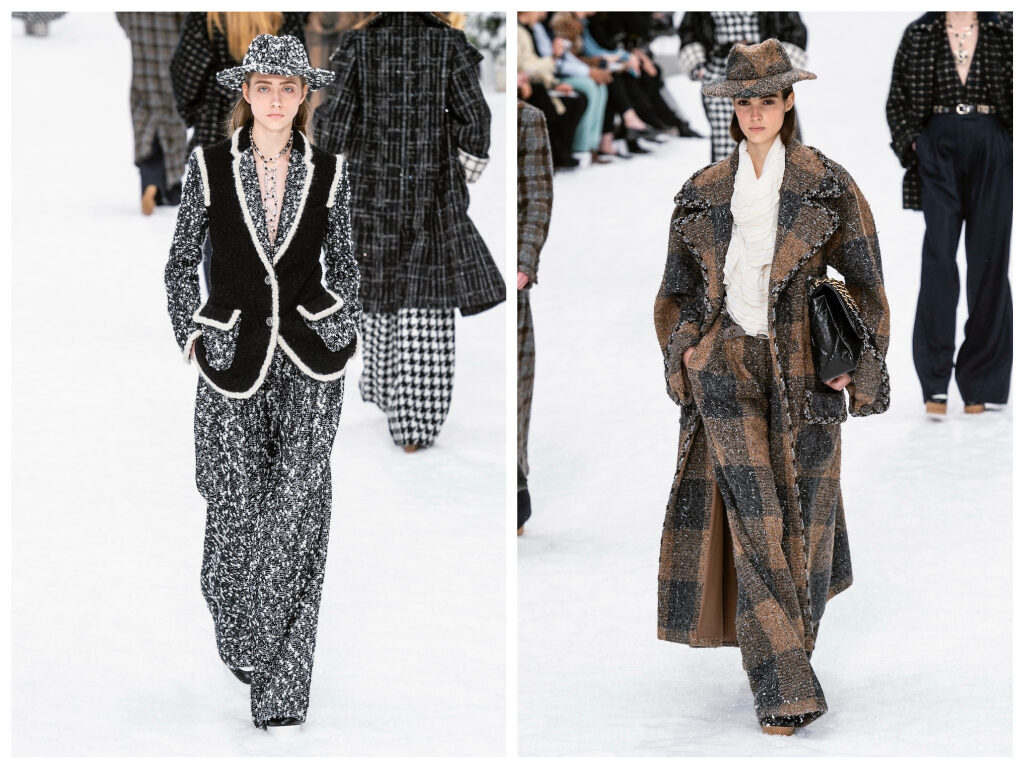
Karl Lagerfeld’s final collection for the Maison, CHANEL AW19
Noor Mohamed has been a fan of the brand for as long as she can remember, shopping both vintage and current season Chanel. “I stay loyal to Chanel because it’s always been true to its classic style,” she says. “Karl Lagerfeld’s name is synonymous with the house, and Lagerfeld’s aesthetic was imbued with cultural and historical reference points, which respected Chanel’s classic style.”
But not all brands carry the weight of Chanel, and as the years pass, creative directors retire, and the baton is passed on. It isn’t just the designer behind a label, or the prestige of a brand’s name, that draws a consumer to its product. Rather, it’s a mixture of both.
Gucci, for instance, was an aging Italian fashion house before Alessandro Michele stepped in and revived the spirit of the label, reworking logo-splattered patterns from the archives to appeal to a younger audience.
“It’s currently the top brand everyone has their eyes on and customers are super-loyal to Alessandro, who introduced this maximalist design aesthetic,” says Sarah Sayed, a personal shopper at Dubai-based designer resale site, The Luxury Closet. “Burberry changed their branding completely when Christopher Kane left, with new creative director Riccardo Tisci redefining their aesthetic, prints and logo.”
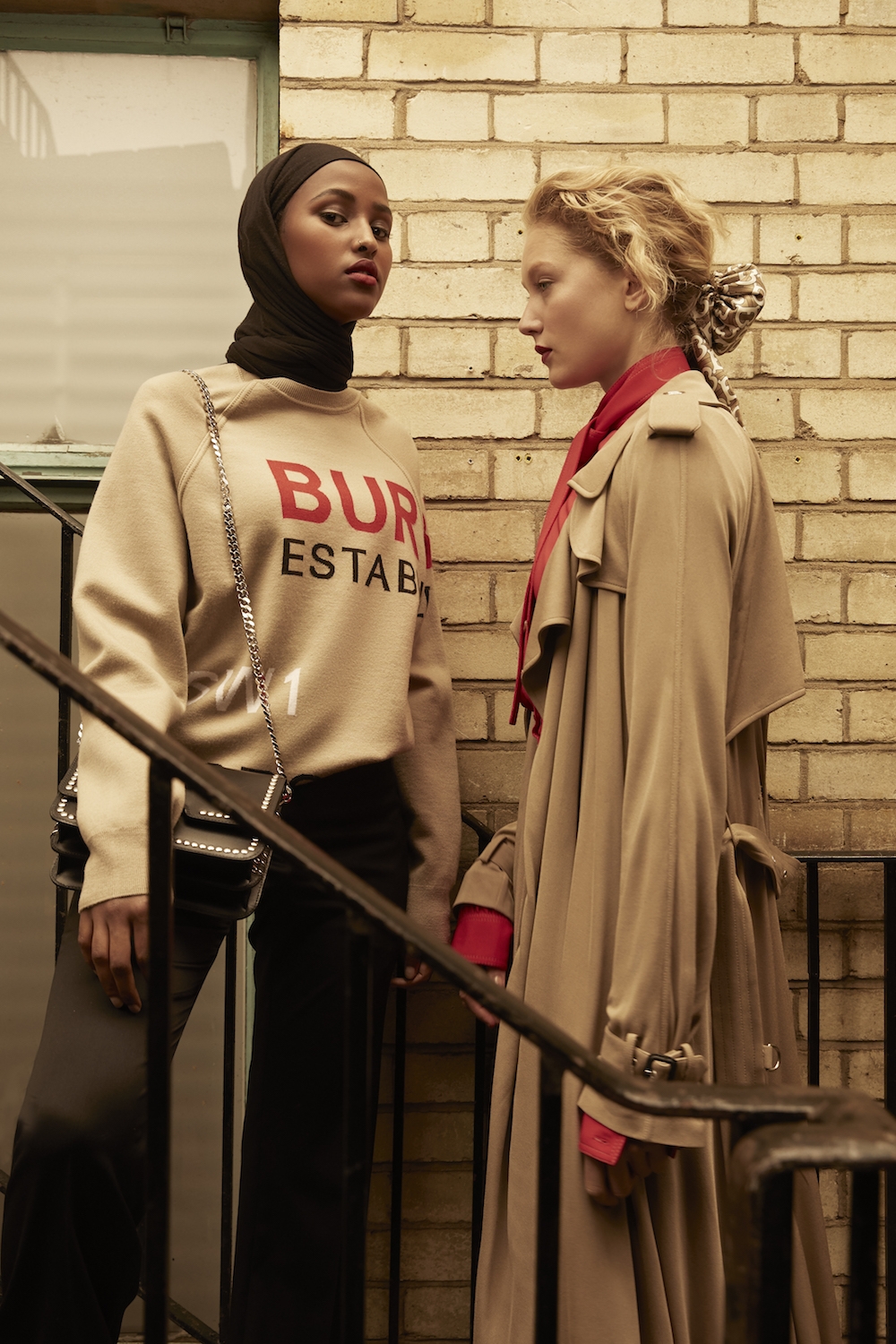
Riccardo Tisci’s Burberry aesthetic, BURBERRY at THE MODIST
For designers seeking to retain the brand loyalty of a label, this approach is key – striking a balance between the original aesthetic of the label while somehow modernising it with their own flair that will in turn resonate with younger shoppers. But sometimes, this can backfire.
Isabel Pintado, the vice president and regional managing director at interior design studio Wilson Associates, always considered herself a loyal Celine shopper – that is, until Hedi Slimane took over. Previously at Saint Laurent, a label that dramatically departs from Celine in terms of aesthetic, he infused the once refined fashion brand with an edginess.
“Celine is a brand that I’ve been buying for about 15 years, I just loved how the clothes never aged. The cuts their designers were known for made you feel great without looking overly tight or overexposed. It’s something that really suited who I am,” she explains.
“But the new collections deviate from the essence of what Celine is, a little too much for me. It has gone very rock and roll. So when I go into the boutique now, there are a few pieces that [Hedi] has sort of stayed loyal to with the brand, but nearly everything else that has his personal mark on it, which just isn’t for me, it’s for a much younger crowd.”
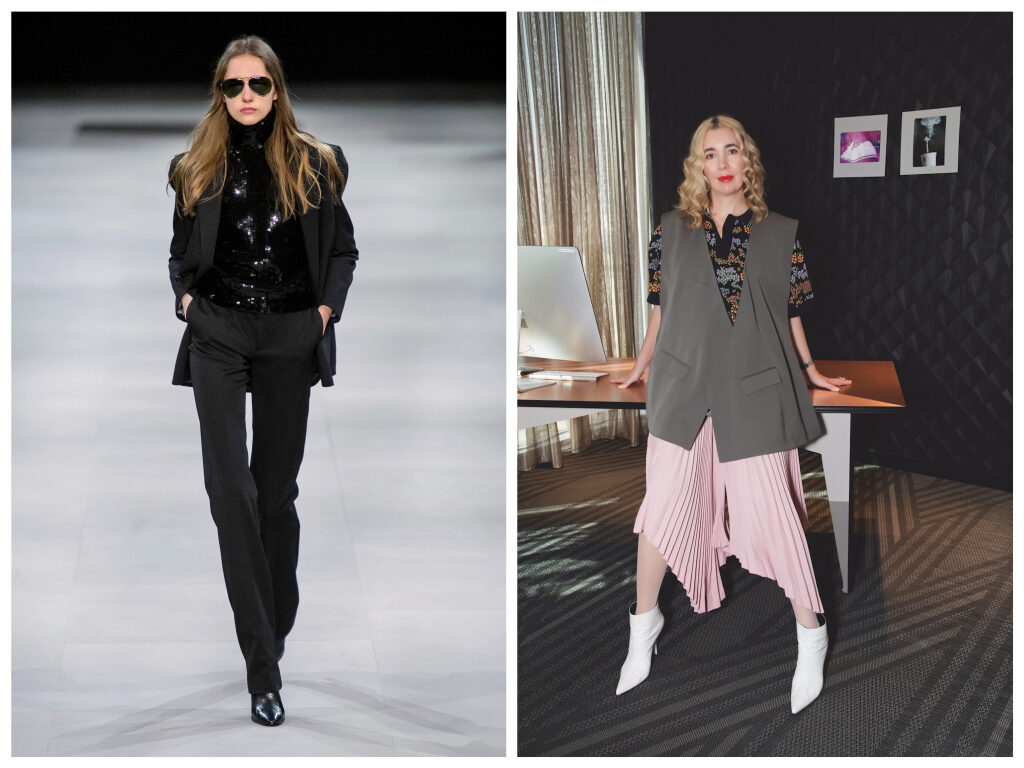
Celine under Hedi Slimane, CELINE AW19 | Celine devotee Isabel Pintado
While a great deal of consumers may be ignorant about the creative director behind a particular brand, many of today’s luxury shoppers – particularly millennials— are considerably more fashion-literate. They don’t merely seek out items that are trending on runways or feeds, and they’re knowledgeable about the history, identity and ethos of the labels they shop.
“The modern customer is self-aware. Fashion houses and creative directors have been moving around frequently, and the modern-day customer is resilient to these changes in the industry. In turn, brand loyalty plays a key role to all consumers,” says Sasha Sarokin, buying and fashion director of luxury e-commerce platform, The Modist, who recently started stocking Burberry, Valentino and Dolce and Gabbana.
“Designers of luxury fashion houses play a vital role in maintaining a brand’s legacy, but also ensuring these brands stay alive with innovation in design and through the creation of new, relevant trends in the industry.”
Innovative designs in line with current trends do indeed lure shoppers in, but maintaining brand loyalty goes far beyond aesthetics. No matter how loyal a buyer is, they will speak out and take a stand against products or campaigns that conflict with their personal values.
The Gucci turtleneck jumper – considered to be racially insensitive towards African Americans – caused a social media uproar. And Bella Hadid, a face of Christian Dior Beauty, posting controversial images of her foot in front of the UAE flag, led to many of her Arab fans boycotting the brand.

Vegan leather dress by Budapest-born brand Nanushka, NANUSHKA AW19
Conversely, luxury labels that are taking steps to celebrate diversity or promote social responsibility are being embraced by consumers. “Brands like Nanushka, who focus on vegan leather have made sustainability a trend which impacts the world for the better,” explains Sasha. “Younger creatives can help retain the brand’s long-term clientele by understanding what the modern-day consumer is in search of, and ensure their offering is in line with that.”
And while creating new products in line with social movements and design trends are a sure way to keep consumers interested, much of the time, brand loyalty stems from dedication to particular cuts and styles that have remained timeless over the decades. “I keep going back to the ‘classics’ from beloved labels – a trench coat from Burberry, a floral dress from Dolce & Gabbana,” says Sasha.
In such cases, brand loyalty has nothing at all to do with the head of a fashion house, their talent, artistic vision or social or environmental causes that they may champion, and everything to do with a brand’s classic silhouette that has remained resilient through time: an it-item with unwavering appeal, in spite of its potentially hefty price tag and far from eco-friendly origins.
- Words by Hafsa Lodi
- Images: GoRunway.com, supplied

